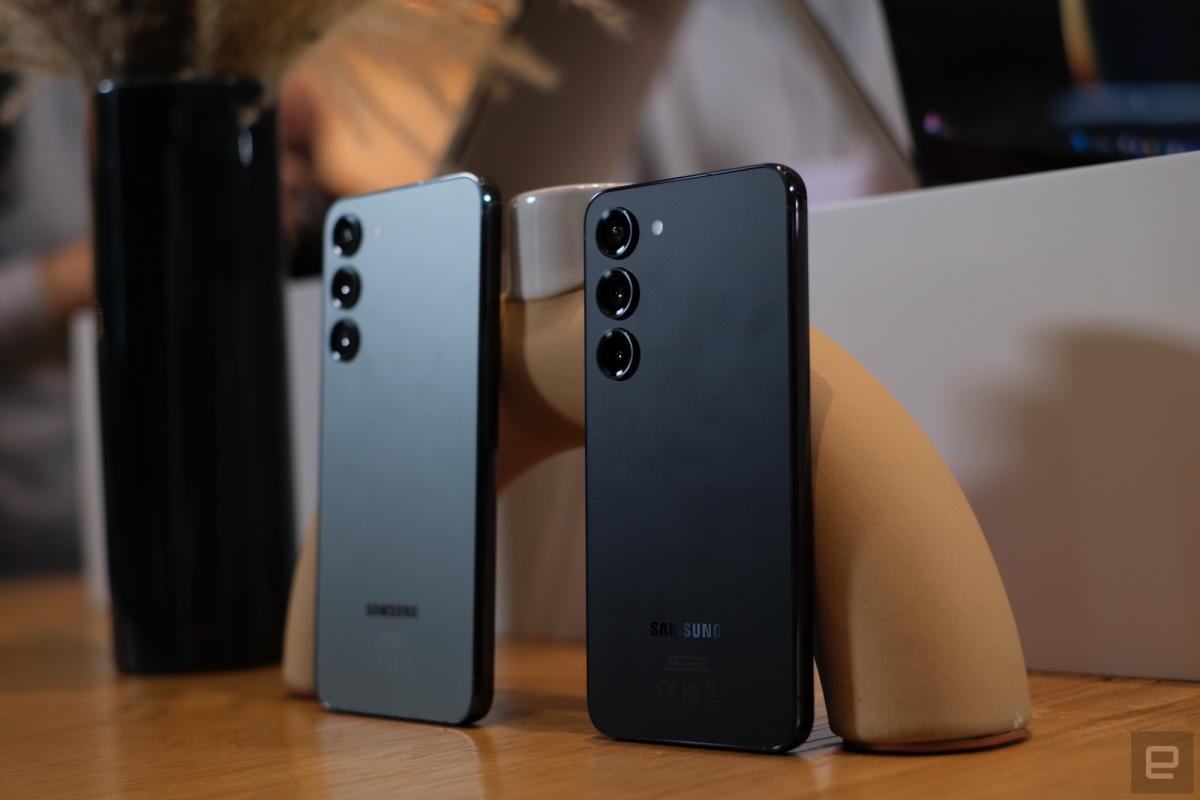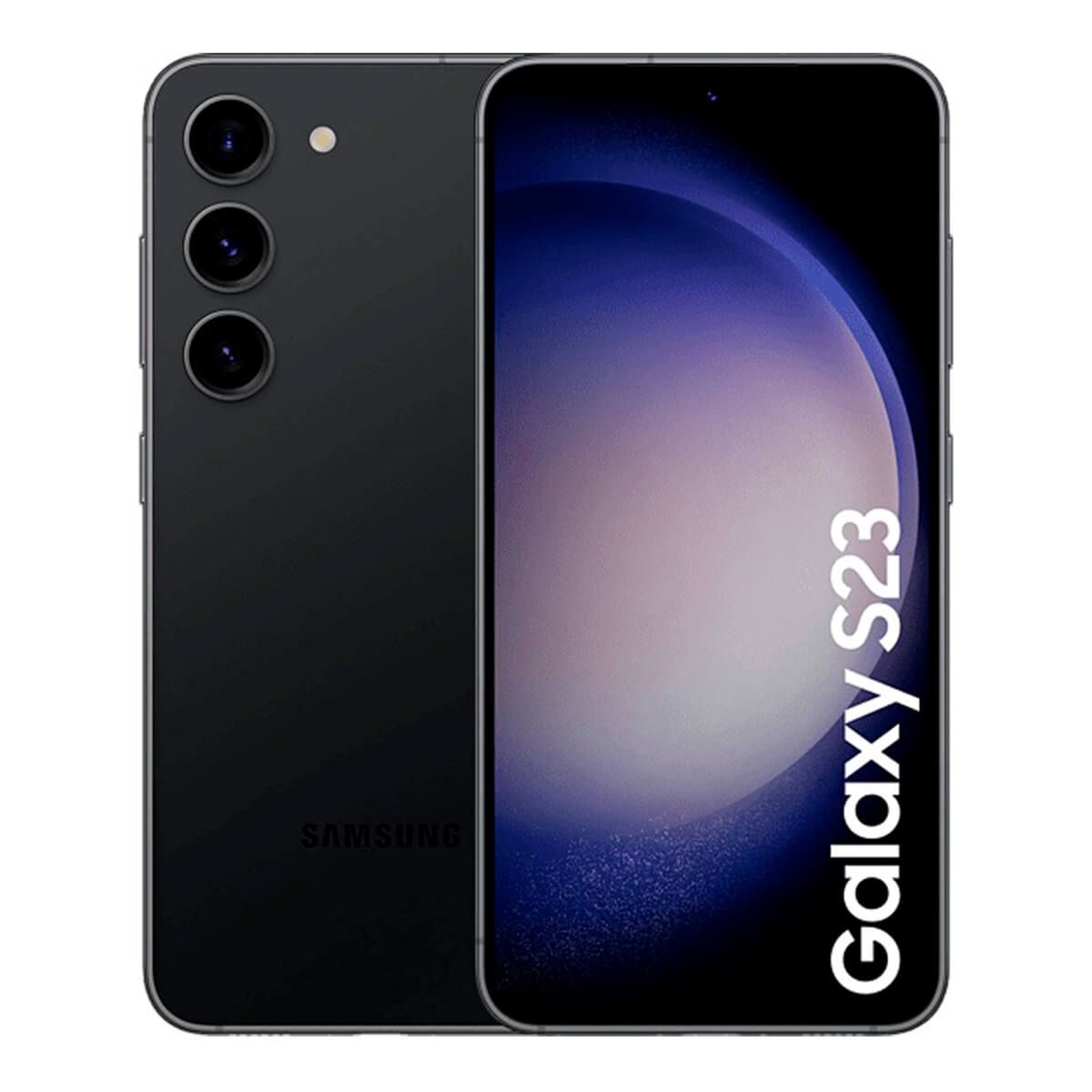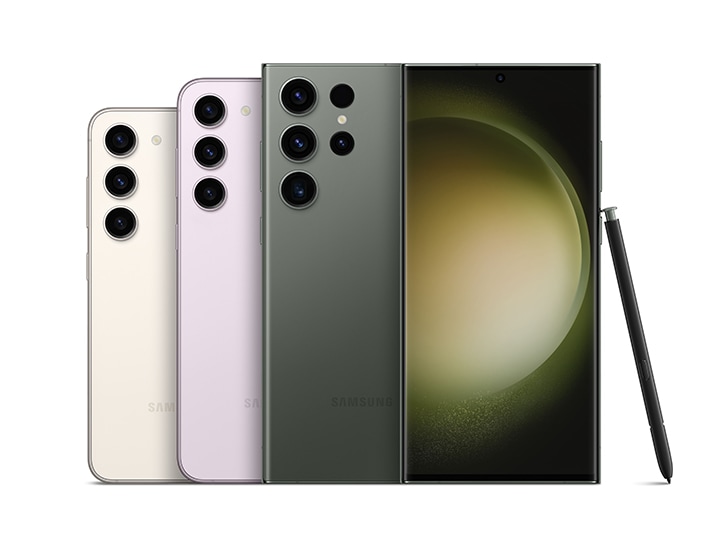samsung note7 emerges as a pivotal moment in mobile technology history, captivating users with its innovative features and sleek design upon release. However, this flagship device quickly became notorious due to significant safety concerns that led to a worldwide recall. In exploring the journey of the Note7, we dive into its groundbreaking specifications, the marketing strategies that fueled its launch, and the subsequent repercussions that reshaped industry standards.
The Note7 was lauded for its premium design and advanced functionalities, boasting features like an edge display and improved S Pen capabilities that distinguished it from competitors. Yet, the excitement was overshadowed by the critical battery issues that prompted Samsung to implement massive recalls, a move that would forever alter consumer trust and regulatory measures in the smartphone market.
History of Samsung Note7
The Samsung Galaxy Note7 was a flagship smartphone that aimed to combine the best features of Samsung’s Galaxy S series and the Note series into one device. Released in August 2016, it was met with significant anticipation due to its sleek design and innovative features. However, this enthusiasm was short-lived, as the device became infamous for its battery issues that led to a global recall and discontinuation.
The Note7 marked a pivotal point in smartphone design with its dual-edge curved display, which was a first for the Note series. It featured a stunning 5.7-inch Super AMOLED screen with a resolution of 1440 x 2560 pixels, offering vibrant colors and deep contrasts. Furthermore, the device was water-resistant, a notable enhancement that catered to user convenience and longevity. The inclusion of the S Pen stylus, now improved with features like screen-off memo, reflected Samsung’s commitment to functionality and productivity.
Timeline of Release and Issues
The timeline surrounding the Samsung Note7’s release reveals a series of events that rapidly changed the smartphone landscape. Key dates and occurrences include:
- August 2, 2016: Samsung officially unveiled the Galaxy Note7, showcasing its sleek design and advanced features during a high-profile launch event in New York City.
- August 19, 2016: The device became available for pre-order, with shipments expected to start shortly after. The anticipation was fueled by aggressive marketing campaigns emphasizing its innovative aspects.
- September 2016: Reports began to surface regarding devices catching fire due to battery malfunctions, leading to concerns from both consumers and safety regulators.
- September 15, 2016: Samsung announced a voluntary recall of 2.5 million devices to replace the faulty batteries, attempting to mitigate the growing safety issues.
- October 2016: Despite the recall and replacement program, incidents continued, prompting Samsung to permanently halt production and sales of the Note7 on October 11, 2016.
Innovative Design and Features
The Galaxy Note7 was designed with several groundbreaking features that set it apart from its competitors. The device was not only aesthetically pleasing but also functional.
- Dual-Edge Display: The Note7’s curved display provided a wider viewing experience and allowed for customizable edge panels for quick access to apps and tools.
- Improved S Pen: Enhanced pressure sensitivity and new features like live messages and improved note-taking capabilities made the S Pen a significant selling point.
- Water and Dust Resistance: With an IP68 rating, the Note7 could withstand immersion in water, appealing to users seeking durability.
- iris Scanner: An innovative form of biometric security, the iris scanner offered an alternative to fingerprint recognition, enhancing user privacy and security.
Marketing Strategies
Samsung’s marketing strategies for the Note7 launch were extensive and multifaceted, aimed at creating buzz and positioning the device as a premium offering.
- High-Impact Advertising: Samsung invested heavily in advertising campaigns across various media platforms, including television, online, and social media, highlighting the Note7’s unique features.
- Influencer Partnerships: Collaborations with tech influencers and bloggers helped reach targeted demographics, generating excitement among potential buyers.
- Pre-Order Incentives: Offering incentives such as free gear and accessories for pre-orders helped drive early sales and consumer interest.
- Focus on Experience: Samsung organized hands-on events where consumers could interact with the Note7, allowing them to fully appreciate its features before purchase.
“The Galaxy Note7 was intended to redefine the smartphone experience, but its legacy became a cautionary tale in tech innovation.”
Technical Specifications

The Samsung Note7 was a remarkable device that showcased the pinnacle of smartphone technology at its release. With its powerful hardware and innovative features, it set a high standard for subsequent models while serving as a significant upgrade from its predecessors.
The Note7 boasted a range of impressive specifications that enhanced user experience and performance. It featured a vibrant display, advanced processor, and robust camera capabilities, all housed within a sleek and premium design. Below is a detailed breakdown of the Note7’s hardware specifications.
Hardware Specifications
The Samsung Note7 was equipped with hardware that made it one of the most formidable smartphones of its time. Below is a comprehensive list of its key specifications:
| Specification | Details |
|---|---|
| Display | 5.7-inch Quad HD Super AMOLED, 1440 x 2560 pixels resolution |
| Processor | Qualcomm Snapdragon 820 / Exynos 8890 (depending on region) |
| RAM | 4 GB |
| Storage | 64 GB internal storage, expandable via microSD up to 256 GB |
| Camera | 12 MP rear camera, 5 MP front camera |
| Battery | 3,500 mAh with fast charging and wireless charging capabilities |
| Operating System | Android 6.0.1 Marshmallow, upgradeable to later versions |
| Water and Dust Resistance | IP68 rated |
The Note7’s display was particularly noteworthy, featuring a Quad HD Super AMOLED screen that provided vivid colors and deep blacks. This made it ideal for media consumption and gaming. Its processor, whether Qualcomm or Exynos, ensured swift performance and efficient multitasking, making everyday tasks seamless.
Comparison with Predecessors and Successors
When compared to the Galaxy Note5, the Note7 offered several enhancements. It featured a larger and more advanced display, improved camera technology, and the inclusion of a USB Type-C port. The most significant upgrade was the introduction of the iris scanner, which provided an additional layer of security and convenience.
In contrast to its successor, the Galaxy Note8, the Note7 was the first to integrate the dual-edge display, setting a trend for future models. The Note8 expanded on the camera capabilities with a dual-lens system but retained many of the Note7’s strengths, including the S Pen functionality and premium build quality.
The following points highlight the key differences:
- Display: Note7 featured a curved display, while Note5 had a flat screen.
- Camera: Note7 introduced advanced low-light photography capabilities, enhancing photo quality.
- Security: The iris scanner in Note7 was a groundbreaking feature, providing a unique biometric unlocking method.
- Battery: The Note7 had a slightly larger battery capacity, though this led to significant recall issues.
Unique Features of the Note7, Samsung note7
The Samsung Note7 distinguished itself from other smartphones with several innovative features that catered to tech enthusiasts and professional users alike. One of the most notable was the S Pen, which allowed for precise input and note-taking capabilities. The S Pen was waterproof and could be used even underwater, showcasing Samsung’s commitment to versatility.
Additionally, the Note7’s dual-edge display offered a unique user interface experience, allowing for quick access to apps and notifications from the edges of the screen. Furthermore, the integration of the Samsung DeX feature allowed users to connect their devices to a monitor, transforming the smartphone into a desktop-like experience.
“The Note7’s combination of powerful hardware, unique features, and innovative design set a new benchmark for smartphones.”
The Note7 also supported HDR video playback, enhancing the viewing experience for media enthusiasts. With its various capabilities and premium features, it was a device that promised to push the boundaries of what smartphones could achieve.
Safety Concerns and Recall: Samsung Note7

The Samsung Galaxy Note7 was initially celebrated for its cutting-edge technology and sleek design. However, it soon became infamous due to serious safety concerns stemming from its battery issues. These problems not only led to widespread consumer panic but also resulted in one of the largest product recalls in tech history, fundamentally altering public trust in the brand.
The battery issues in the Note7 were primarily attributed to two manufacturing defects. The first defect involved the battery cells being produced by Samsung SDI, where the cells were found to be too large for their casings, leading to short circuits and fires. The second defect was linked to batteries manufactured by Amperex Technology Ltd, which had a similar issue with misaligned electrodes. These defects prompted Samsung to issue a recall but, unfortunately, the replacement devices experienced similar issues, leading to further recalls and a comprehensive halt to production.
Recall Process Timeline
The recall process was extensive and was conducted in multiple phases, reflecting the gravity of the situation and its widespread impact on consumers. The timeline of the recall process illustrates the urgency and scale of Samsung’s response to the crisis:
- September 2016: Samsung announces a global recall of 2.5 million Note7 units after reports of battery fires surface.
- October 2016: Replacement units are released, but incidents of fires continue, prompting Samsung to issue a second recall.
- October 11, 2016: Samsung officially halts production of the Note7, advising consumers to power down their devices and return them for a refund or exchange.
- December 2016: Samsung announces the final recall process, detailing how consumers can safely return their devices.
- January 2017: The U.S. Consumer Product Safety Commission officially classifies the Note7 recall as one of the largest in consumer electronics history.
The impact on consumers was significant, with many facing inconvenience and loss of trust in Samsung products. Sales plummeted, and the company’s reputation suffered, prompting efforts to regain customer confidence.
Measures Taken Post-Recall
In response to the safety crisis, Samsung undertook numerous measures to rectify the situation and ensure consumer safety. The company’s steps included:
- Conducting thorough investigations by engaging independent organizations to analyze the battery failures and design shortcomings.
- Implementing an eight-point battery safety check protocol for all future devices, which includes rigorous testing and criteria for battery design, production, and assembly.
- Enhancing the Quality Assurance program to include more stringent guidelines and checks during the production process to prevent similar incidents.
- Launching a new line of smartphones with upgraded battery technologies, ensuring user safety and trust in the brand.
Samsung’s commitment to transparency and consumer safety was evident as they communicated openly with their customers throughout the recall process, providing updates and assistance to those affected. The company’s efforts to rebuild its reputation included offering incentives for the return of devices and ensuring that consumers felt supported during the transition.
Legacy and Impact

The Samsung Galaxy Note7, despite its brief existence, left a significant imprint on the smartphone industry and consumer safety standards. Its tumultuous journey—from anticipation to a catastrophic recall—altered perceptions of technology safety and reshaped corporate practices. The fallout from this incident not only affected Samsung’s reputation but also ushered in changes that would resonate across the entire smartphone landscape.
Effects on Samsung’s Reputation
The Note7 debacle severely tarnished Samsung’s brand image, which had been synonymous with innovation and quality. Initially celebrated for its advanced features and design, the Note7 became a cautionary tale for the tech giant. Following the recalls and incidents of batteries catching fire, consumer trust wavered significantly.
The company’s stock price experienced fluctuations, reflecting the investor’s concerns over the incident’s implications on future sales. In an effort to mitigate damage, Samsung launched extensive public relations campaigns to regain consumer confidence. However, the lasting impact was that the incident resulted in increased scrutiny of Samsung’s quality control processes and internal safety protocols.
Long-term Effects on Smartphone Safety Regulations
The repercussions of the Note7 incident stretched beyond Samsung, influencing broader safety regulations within the smartphone industry. Regulatory bodies worldwide took notice, prompting a reevaluation of safety standards regarding lithium-ion batteries and charging mechanisms.
Key developments included:
- Revision of Battery Testing Standards: Organizations such as the Institute of Electrical and Electronics Engineers (IEEE) and Underwriters Laboratories (UL) updated their testing protocols to include more rigorous assessments of battery safety, focusing on thermal stability and electrical safety.
- Stricter Compliance Requirements: Governments and regulatory agencies began imposing stricter compliance requirements for smartphone manufacturers, ensuring that safety protocols were followed throughout the production process.
- Increased Transparency: Manufacturers now face pressure to be more transparent about their safety practices, including regular disclosures on product testing and quality assurance measures.
Influence on Future Smartphone Designs and Technology Advancements
In the wake of the Note7 incident, smartphone designs evolved significantly, prioritizing safety alongside innovation. Manufacturers began to focus on enhancing battery safety features and developing new technologies to prevent similar issues.
Notable advancements include:
- Improved Battery Management Systems: New smartphones often feature advanced battery management systems that monitor temperature, charge cycles, and overall battery health to prevent overheating and other risks.
- Incorporation of Safer Materials: Many manufacturers have started using safer and more resilient materials in battery construction and device design to minimize the risk of damage or combustion.
- Emergence of Modular Designs: The industry saw a rise in modular designs where components, including batteries, can be easily replaced. This change not only enhances safety by allowing for easier replacements but also promotes sustainability.
The legacy of the Note7 serves as a reminder of the importance of prioritizing safety in technological innovation. Its impact continues to influence both consumer expectations and industry standards, ensuring that future devices are not only cutting-edge but also secure for users worldwide.
User Queries
What were the main features of the samsung note7?
The samsung note7 featured a 5.7-inch Super AMOLED display, waterproof design, iris scanner, and an enhanced S Pen.
Why did the samsung note7 face battery problems?
The battery issues stemmed from a manufacturing defect, which caused some batteries to overheat and potentially ignite.
How did Samsung respond to the recalls?
Samsung initiated a global recall, offering exchanges and refunds while implementing stricter battery safety protocols.
What impact did the note7 have on future smartphone designs?
The note7’s issues led to heightened safety regulations and influenced manufacturers to prioritize battery safety in future models.
Is the samsung note7 still available for purchase?
No, the samsung note7 was officially discontinued following its recall and safety concerns.
The Samsung Galaxy S series continues to impress with its cutting-edge technology and stunning design. Each iteration brings improvements in camera capabilities, processing power, and display quality, catering to both tech enthusiasts and everyday users alike. It’s a flagship line that sets the standard for premium smartphones.
On the other hand, the Samsung Galaxy F series is designed for those who seek great features at a more accessible price point. This series focuses on delivering solid performance and stylish designs, making it a popular choice among budget-conscious consumers who still want a reliable smartphone experience.
